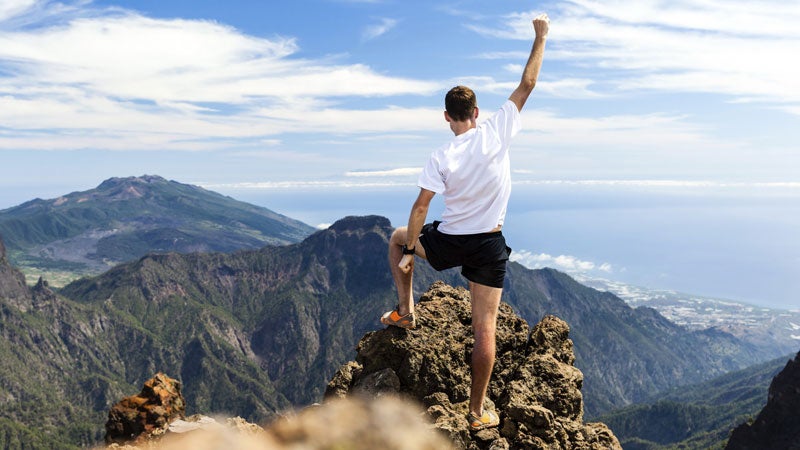We can only assume you’re wondering whether the Denver Broncos or the Seattle Seahawks will have an advantage in New Jersey at Super Bowl XLVIII. Don’t make any bets until you read this! Just kidding. (No, really.)
We posed your question to , a high altitude training center in Vail, Colorado. We asked him to discuss the issue both from a football player’s perspective, and an endurance athlete’s. He’ll start with football players and altitude.
Typically, for an event that requires short, explosive, anaerobic efforts performed at low altitude, its best to train at low altitude. As Connolly wrote in an email:
This is due to the athlete being able to put out the highest amount of power in their efforts and recovering slightly quicker. One could argue that the Broncos players in coming down to sea level may recover in between hard efforts a little better and be slightly fresher at the end of the game. This would be from possibly having a little higher hematocrit [red blood cell count] from living slightly above 5,000 Ft. But this [advantage] would be nominal.
If this were a steady state endurance event, such as a marathon or cycling time trial, things might be different. In that case, Connolly says it could be advantageous to do a block of training at an altitude between 6,000 and 8,500 feet. That altitude training can enhance the blood’s oxygen-carrying capacity, which should help athletes performing sports that depend on high rates of oxygen consumption.
However, it’s harder to train at altitude because of the lack of oxygen. Some researchers believe the inability to train intensely at high altitude might negate any physiological benefits—even in endurance athletes. Also, have concluded that (greater than 11,000 feet), then last for a few weeks after returning to sea level. For athletes who don’t already live high, spending weeks in the mountains is a big commitment to make for potentially minimal results.
As for the weather, cold acclimatization could be useful for the football players both physiologically and psychologically. As Connolly wrote:
Athletes who are used to warm weather and haven’t practiced or trained in the cold and humidity will lose a bit of motor skill and dexterity. The body’s response to increased cold is to constrict the capillaries and blood [flow] to the extremities.Especially as you get more distal such as in your fingers. This can make it tough for skill positions such as receivers, punt returners and quarterbacks. Don’t underestimate the psychological aspect of a player playing at a temperature and weather that is far colder or worse than they are accustomed. To compete at the highest level the athlete needs to be completely focused on the event and each play. If they are even slightly aware that the conditions aren’t what they like it has a strong negative impact on performance.
For endurance athletes whose dexterity might not matter as much in competition, cold weather acclimatization may not be as important. “Acclimating to racing in the heat is more of the issue as it helps your body get used to dissipating heat which can be a huge limiting factor in racing in warm weather,” Connolly writes. Training in the cold may put you at a psychological advantage, however; bad race-day weather shouldn’t phase you if you’ve faced it before.
The bottom line: It may come down to who can handle the cold New Jersey weather better, as Denver shouldn’t have any significant advantage from training at an altitude slightly above 5,000 feet. Seattle’s coach seems to understand that; to adjust to weather that’s far different from what they experience at home.


